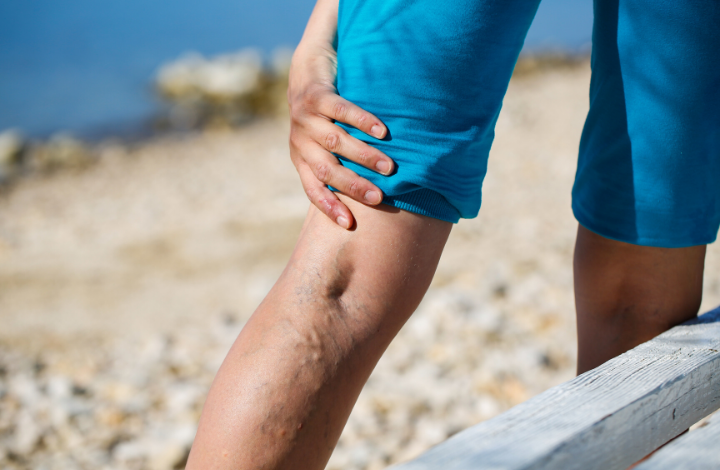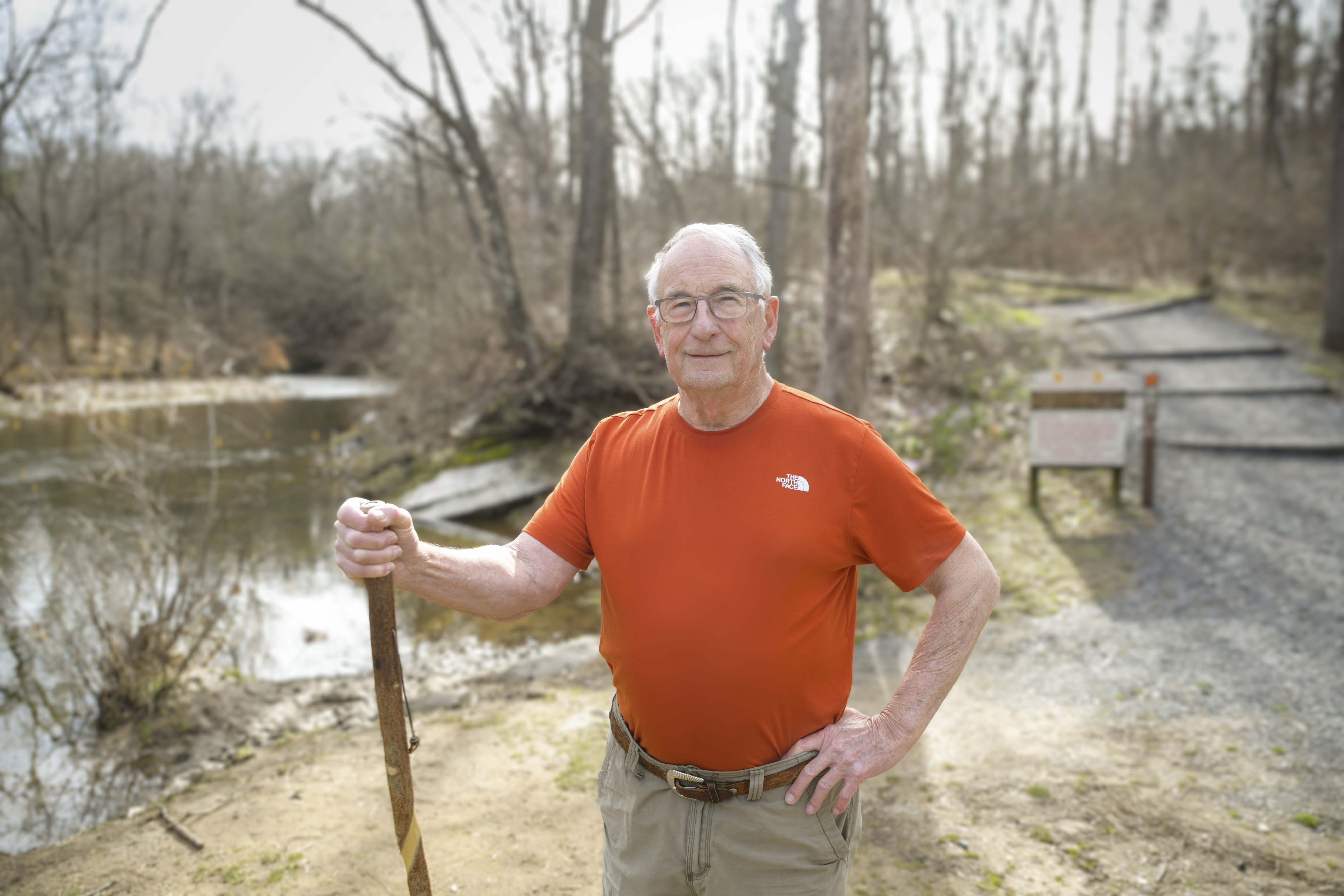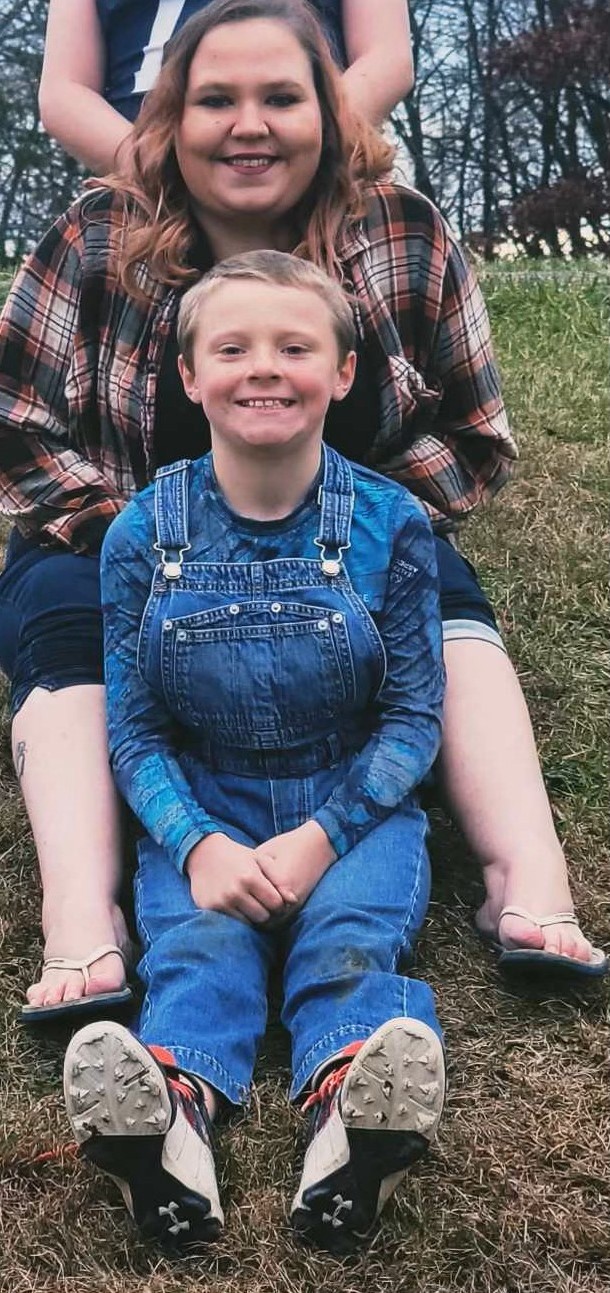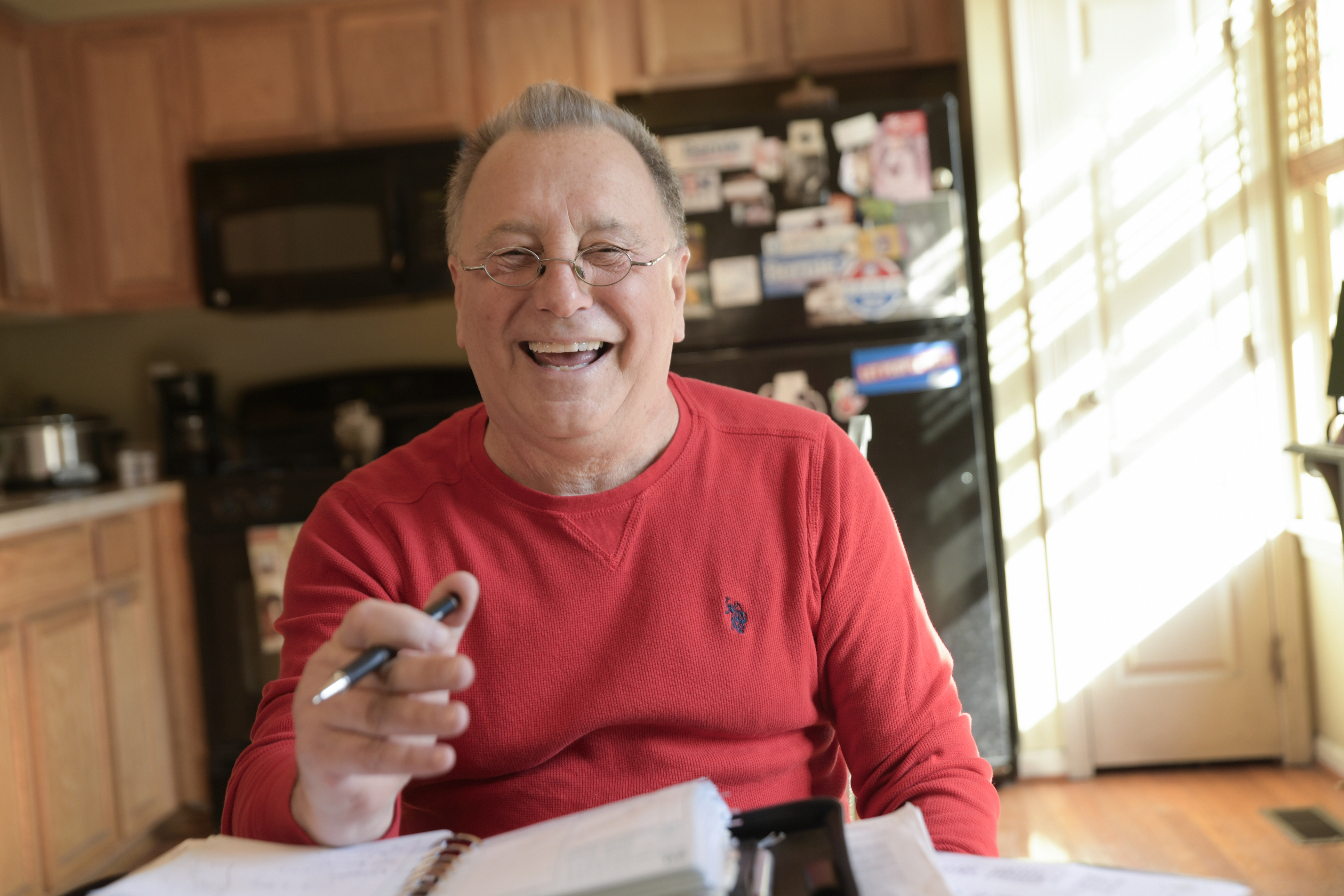Blog

When gravity causes skin problems
Throbbing and weakness in the ankles; swollen, burning and itchy calves; discolored or leathery skin of the lower leg. If you stand much of the day and you have any of these problems in your lower legs, you might have a condition called peripheral venous insufficiency. Sharvil Sheth, MD, and his vascular surgeon colleagues at St. Luke’s can tell you if you have this disorder and need to be concerned and seek treatment. All it usually takes is an office visit.
Blame it on gravity, one of Isaac Newton’s laws of nature. Peripheral venous insufficiency develops when the blood backs up in the veins below the knee when it should be flowing ‘uphill’ to return to the heart.
You have tiny valves, or "gates," in your veins that open and close to direct blood flow upwards. When they’re weak and don’t shut right or quickly enough, the blood flows backward and pools. Then it seeps into other veins, and overcrowding occurs. About 25 percent of the population, mostly women, have this disorder. Pregnancy and middle age raise the likelihood of developing it.
Dr. Sheth explains this how it might occur: “A six-foot tall man has five feet of distance from ankle to the heart, a five-foot long column of pressure favoring gravity.”
Bad valves = varicose veins
Weak valves in veins can be linked to family genes or caused by deep vein thrombosis, a serious, sometimes lethal blood clotting disorder that must be treated with blood thinners. Venous insufficiency can also occur when an artery on the left side of the pelvis presses down on the vein beneath it, pinching off and restricting the blood flow.
The most common and visible type of this disorder is varicose veins, those unsightly and uncomfortable worm-shaped irregularities of the skin around the calf or ankle.
While varicose veins are rarely life-threatening, they can make life and work (if frequent standing is involved) painful. But they’re easily treated with compression stockings, laser removal and chemical ablation.
Life-limiting, not life-threatening
Left untreated, veins that fail to drain can lead to skin discoloration or the formation of skin ulcers, which may become infected. If so, wound care specialists are needed to treat them.
Research is under way to determine if valves transplanted from the arm to the leg veins offers long-term relief. Some medical centers insert tiny stents (metal tubes) into a vein to keep it from closing.
While peripheral venous insufficiency can be unpleasant, uncomfortable--even painful-- and unsightly, most people with this disorder are not at risk for a heart attack or stroke, reports Dr. Sheth. “This disorder involves the drainage veins and not the supply arteries.”
And, simple, quick and effective office-based treatments or (minor same-day surgery) can easily manage these back-pressure problems. So, you’re likely to forget eventually that gravity and bad valves are the culprits that caused them.





